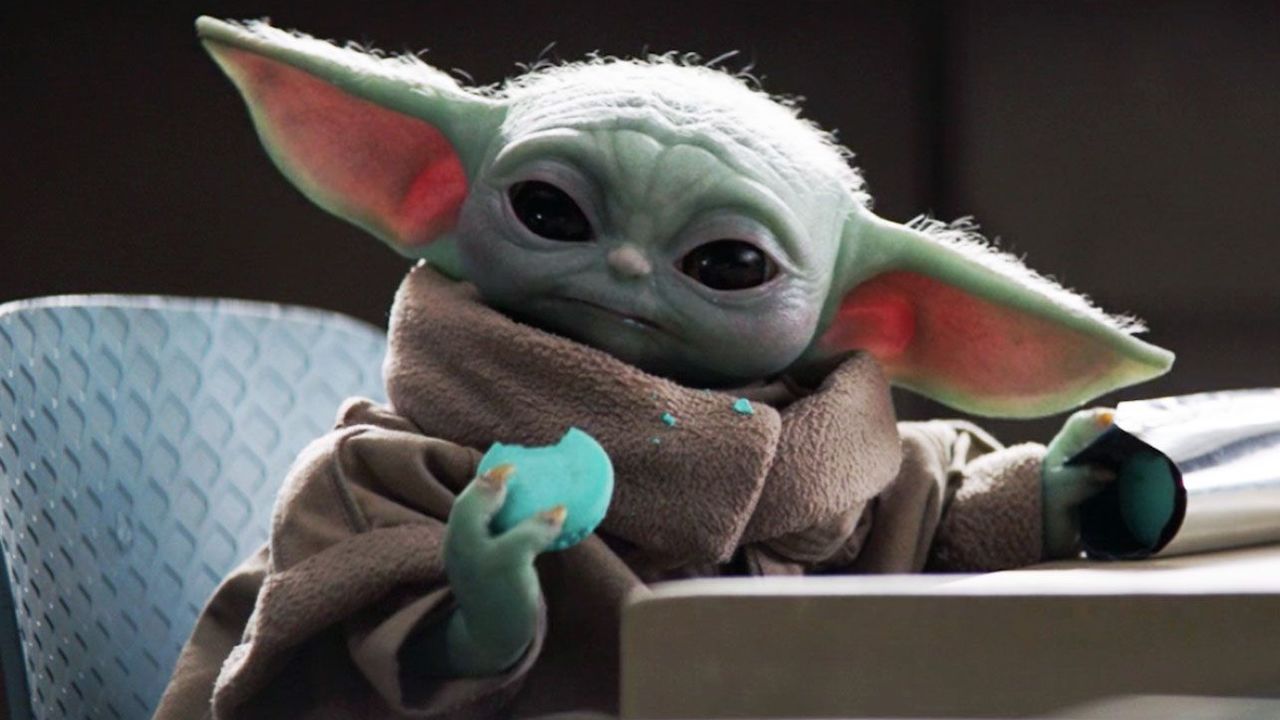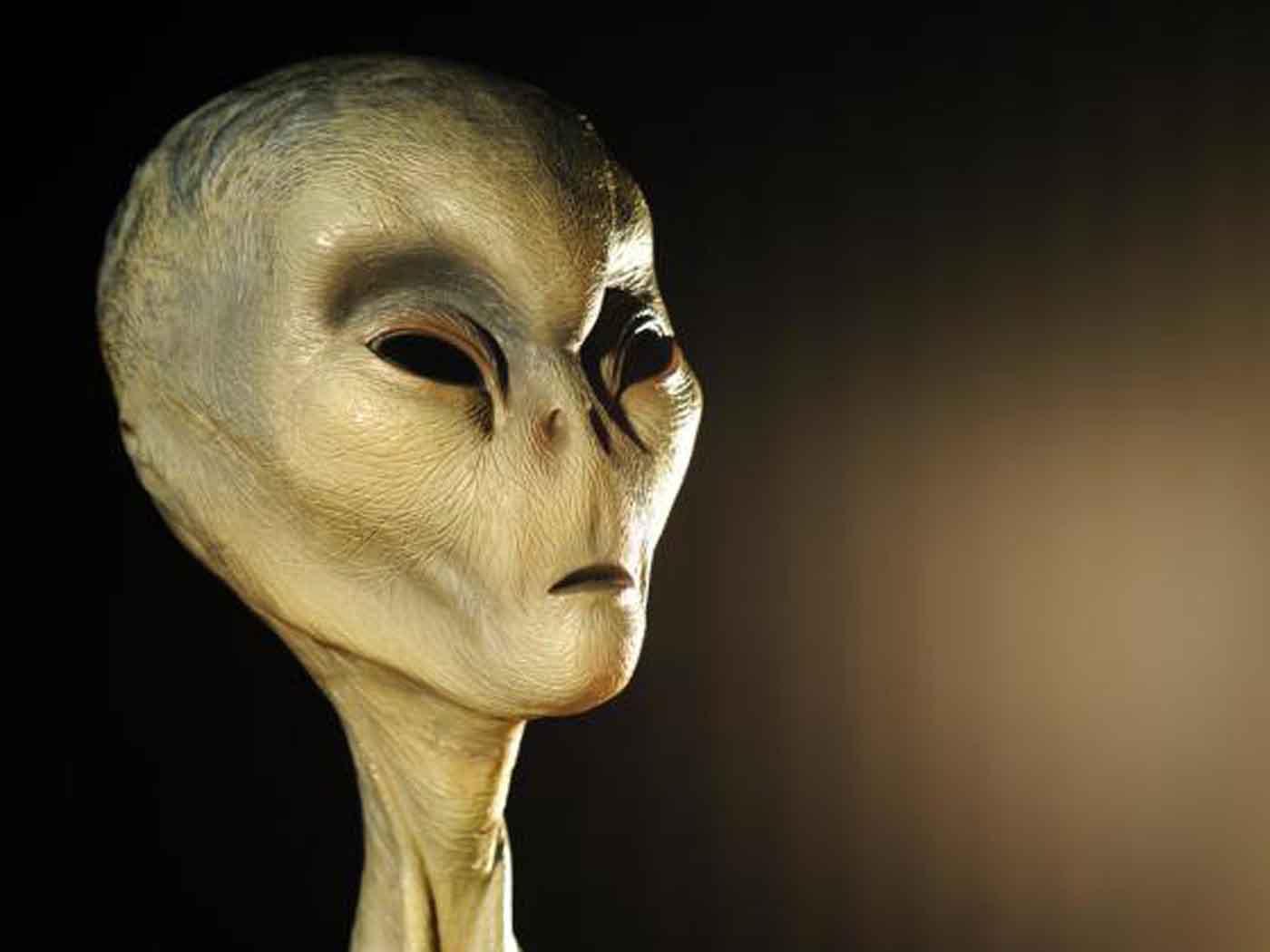Popularized by the Toy Story franchise, extraterrestrial creatures have since gained love from the audience as the “Little green men”. Worshippers of “The Claw” and representatives of the “Pizza Planet”, no one found anything absurd with these cute entities meandering on the screen. Muse to thousands of films and series worldwide, from “E.T” to “Star Wars”, these humanoid beings have been relayed to the audience in a spectrum of colors. Albeit, one color stands out—Green. Nowadays, standing as a reference to the Russian militant tropes dressed in olive during the Russo-Ukraine War, the term earlier referred to something more non-human.
This stereotypical characterization of aliens makes us wonder why when no one has ever seen aliens, except for weird encounters by individuals, the whole world has chosen to accept this scheme of being “little” and “green”. Gaining popularity in the 20th century, it is important to notice that these unearthly beings have not always been this way. In H.G. Wells’ novels, they are grayer than they have ever been green. Most historians believe the color scheme was adopted from the humiliation of Flemish immigrants that were suffering from malnourishment during King Stephen’s rule. But why were extraterrestrials brought into the picture?
Also Read: Borley Rectory: The Most Haunted House In England!
Why Are These “Men” “Little” And “Green”?
The most viable argument for this question would be that aliens are considered to be green because it is barely present in the human skin tone. Due to its unavailability in human beings’ hair or skin color, it becomes an easy subject to “Chroma keying” or, in common terms, is used as a “greenscreen”. Thus, making it the most non-human color. The color is so unnatural that when a person is bilious, we consider them to have turned “green” and is associated with sickness or not being one’s self.

A recall of the incident by twelve locals of Hopkinsville on the 21st of August 1955 might have led to this phenomenon as well. On the scorching summer evening, they rushed to the police station complaining about tiny 4-foot humanoids from a bizarre metallic spaceship having invaded their farmland. While no news was released to the press except that there seemed to be an invasion, soon, a by-word of small and lime-colored caught up through the mainstream American news outlets. The fabrication of their physicality as dark, tiny beings had since been integrated into human consciousness. Claws, brilliant oval eyes, and spider-like limbs from the New Mexico sighting of 1947 have also been added to the catalog.
Also Read: Boy In The Box: Theories About The Unsolved Crime
Some assert more ancient origins to the viridescent idea. A 12th-century Eastern English folklore recounts the encounter of two children in Woolpit bearing emerald countenance. The tale had been named “The Green Children of Woolpit” and, to date, told amongst the locals. These children were thought to have eaten viridescent beans from a garden which led their skin to turn green and their tongues to speak strange languages.
As the story notes, they were changed back to their forms after Sir Richard de Calne nursed them. Historians say this is an account of the alienation that Flemish descendants faced from the English. Writer Washington Irving is another to blame for his portrayal of men from the moon having similar skin to contrast them with beige-toned humans in his 1809 satirical book “A History of New York”.
Gremlins: Myth And Mischief
Another entity that bears the title of “little green men” is the Gremlin. Having emerged no sooner than the 20th century, they are one of the newest mythological creatures. Derived from “Gremian,” which means “to vex” in Old English, they popped up during World War II among the RAF (Royal Air Force). These mischievous alien forces are known for disrupting aircraft machinery and destroying operators. The stories of English pilots stationed across Asia in the 20s led to the publication of the poem “Aeroplane” on the 10th of April 1929.

Though some believe the reference being made to derogate low-ranking officers, aviators like Pauline Gower, as always, made Scotland take the brunt by posing it as a country where gremlins—the alien-like beings—cut wires of enemy planes. These creatures are shown to be green things with pointed eerie ears fitted large on their small stature. To this day, if a child is asked to draw an “Alien,” you would still see them grabbing onto that green crayon, seems the stereotype is not changing any sooner.
Also Read: The S.S. Watertown Ship: The Mystery Of The Ghostly Photo At Sea




